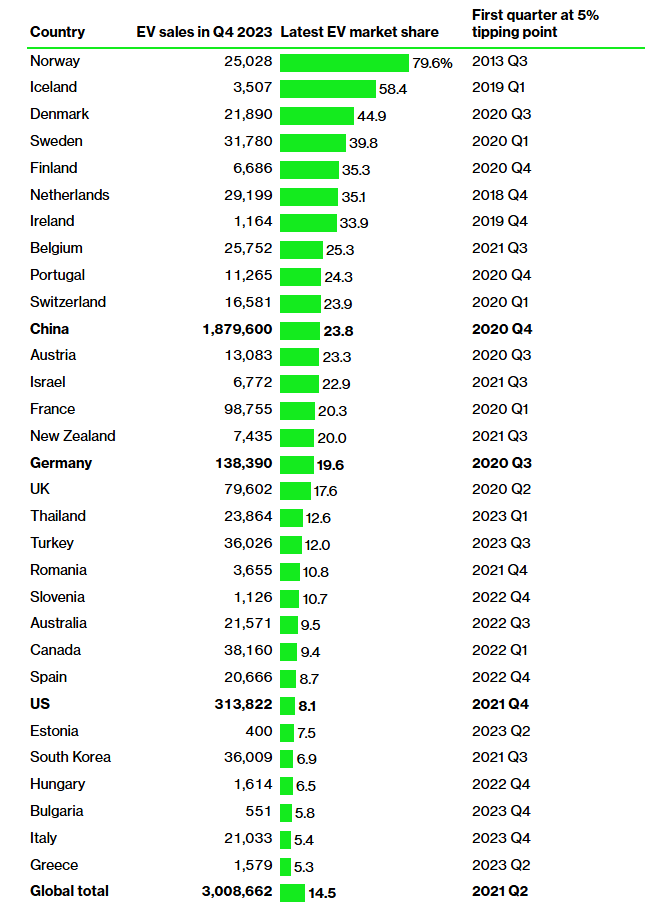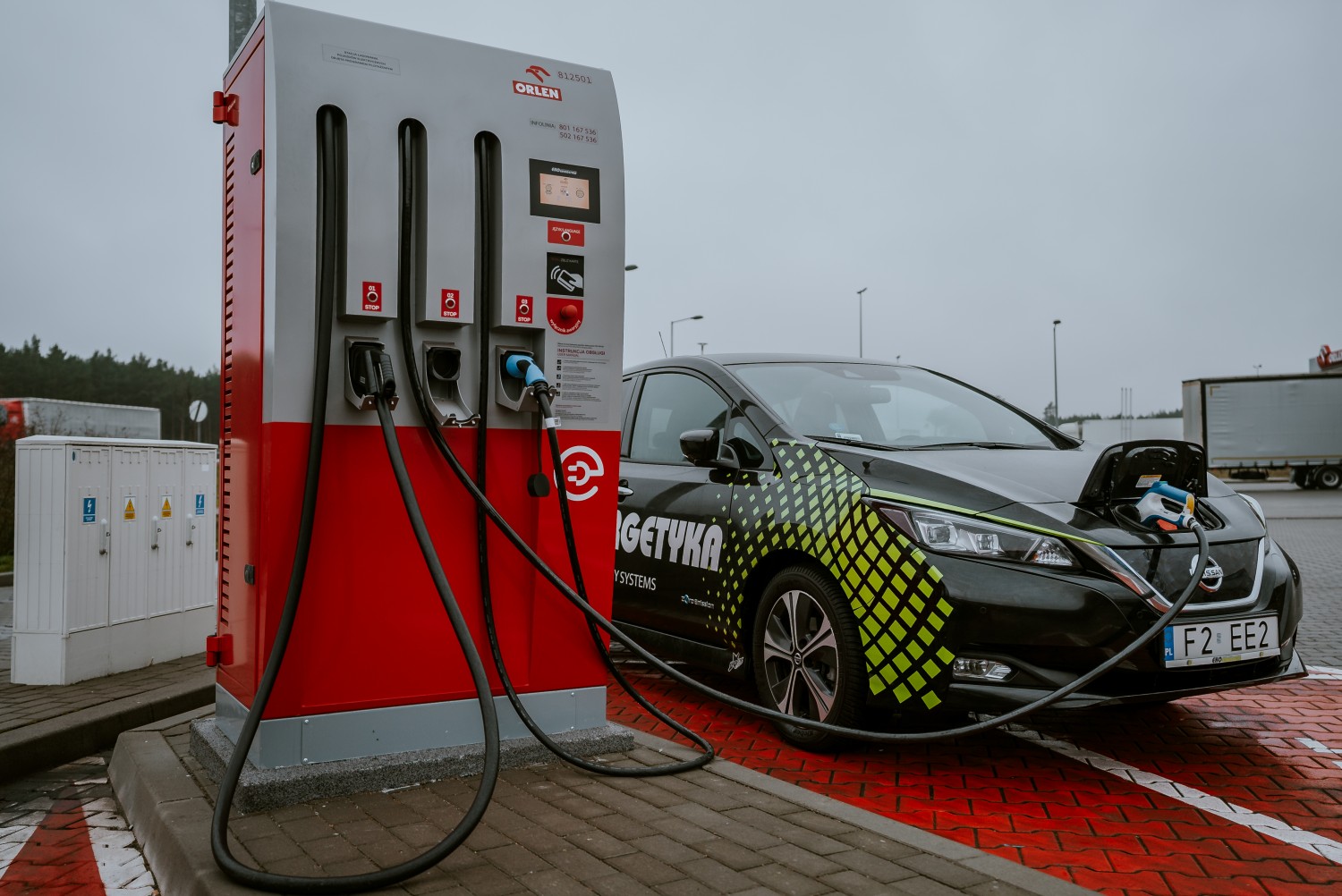Want to purchase an electric car but are unsure what the best method to charge your electric vehicle (EV) is? You're not alone.
Although Tesla has become an easily recognizable brand, the intricacies of the EV market, including how to charge an electric car, are lost on many people.
The most important step in optimizing your EV charging strategy is grasping the nuances of different charging levels.
- Level 1 charging is slow, but it's cost-effective and perfect for overnight use.
- Level 2 chargers strike a balance between speed and affordability, making them ideal for daily top-ups at work or home.
- Level 3 charging offers unmatched speed for those needing quick turnarounds. However, it's a bit more pricey than the other two options.
Which option fits your lifestyle and budget? Let's go over the benefits and costs tied to each charging level.
The Business of Charging
If you run a hotel or gas station, integrating EV charging infrastructure into your business strategy looks more tempting by the year.
According to Bloomberg, 31 countries have surpassed the EV tipping point — that is when 5% of new car sales are purely electric.
Interestingly, the largest EV market share is held by Nordic countries, with Norway, Iceland, and Denmark leading the pack.

Note: Excludes plug-in hybrids. Iceland's market share shows trailing 12-month figures to mitigate quarterly reporting fluctuations.
With around 25% of vehicles expected to have electric engines by 2025, providing charging stations is a strategic move many businesses are willing to make to attract and retain customers.
It's a simple way for an organization to demonstrate its commitment to sustainability and innovation.
It's also good news for everyone who wants to take advantage of this growing public charging network. As more charging points open up, it will become much more manageable — and more affordable — to drive an electric car.

EV Charging Levels
Before you charge your electric car, it's recommended to learn more about the three main charging levels: Level 1, Level 2, and Level 3.
Each level varies greatly in voltage, charging speed, and suitability for different environments.
Level 1 Charging
Level 1 charging, using a standard 120-volt outlet, provides an accessible yet slow charging solution for electric vehicles, adding only 3-8 kilometers (2-5 miles) of range per hour. This method is typically facilitated by a level 1 charger, which is often included with your EV purchase.
Charging at home with a level 1 charger is convenient because it doesn't require any special installation beyond a grounded 120-volt electrical outlet. It's a straightforward entry point into EV ownership, allowing you to manage your daily commute without the need for expensive upgrades.
Level 2 Charging
For most organizations and businesses, deploying level 2 charging stations is the best option.
Why? Because out of the three levels we mentioned, the second one meets the daily needs of most EV drivers.
A level 2 charger operates at 208-240 volts and delivers a charging rate of 6.2 to 7.6 kW. It allows EVs to gain about 40 kilometers (25 miles) of range per hour (RPH), making level 2 EV charging notably faster than level 1.
This efficiency ensures that multiple vehicles can be serviced throughout the day, which is crucial for businesses aiming to support a larger number of EV drivers.
Level 3 Charging
Level 3 charging, also known as DC fast charging, greatly reduces the time required to recharge an electric vehicle.
In most cases, it provides 290-400 kilometers (180-250 miles) of range per hour. This significant improvement in charging time makes level 3 chargers an excellent choice during long trips.
At a public charging station, level 3 chargers are indispensable for long-distance travel and quick top-ups.
It's also an excellent investment for a business that wants to join the green revolution. Charging point operators (CPOs) usually report higher earnings from level 3 charging stations than from other charging systems.
When you use a level 3 charger, you'll typically find connectors compatible with major EV models. However, the required high-voltage power grid can limit installation to specific locations, usually along highways and urban areas.
| Charging Level | Voltage | Range per Hour | Charging Time (BEV) | Use Case |
| Level 1 | 120V | 3-8 kilometers (2-5 miles) | 40-50+ hours | Occasional use, home charging |
| Level 2 | 240V | 16-48 kilometers (10-30 miles) | 4-10 hours | Daily use, workplace charging |
| Level 3 (DC Fast) | 480V+ | 290-400 kilometers (180-250 miles) | 30 minutes | Long-distance travel, public |
Final Thoughts
Choosing the right type of charging for your vehicle is a balancing act between speed, affordability, and the specific needs of your driving habits.
For workplaces, level 1 and level 2 EV charging stations are a solid choice. This way, employees can plug their EV into the outlet and charge it while the business gets some extra revenue from charging fees.

For rapid, on-the-go needs, level 3 charging is unmatched in speed and effectiveness.
Weigh the costs, benefits, and your specific needs to make an informed decision.
For more information on electric car charging, join our training program or check out our other articles!
FAQ
How does home charging work for an electric vehicle?
Home charging typically involves level 1 or level 2 charging methods. Using a standard wall outlet for level 1, you can charge an electric vehicle overnight at a slower rate.
For faster charging, EV owners often install a level 2 charger, which requires a 240V outlet and offers significantly higher charging speeds.
How do I find public charging stations?
Finding public charging stations can be done via smartphone apps and websites that provide maps and real-time information. Popular networks have their own apps that help you locate the nearest available station and check its status.
What factors affect the charging speed of an electric vehicle?
Several factors can impact EV charging speed, including:
- the level of charging
- the vehicle's maximum charging capacity
- the type of charging connector
- the state of the EV battery
How much does it cost to charge an electric vehicle?
Charging costs can vary based on the charging method used and location. Home charging is generally cheaper, with costs depending on local electricity rates.
Public charging stations may charge per kWh, per hour, or a flat fee. Some networks also offer memberships or subscriptions for frequent users, which can lower overall costs.
